And compiled them into this two-part guide (part 2).


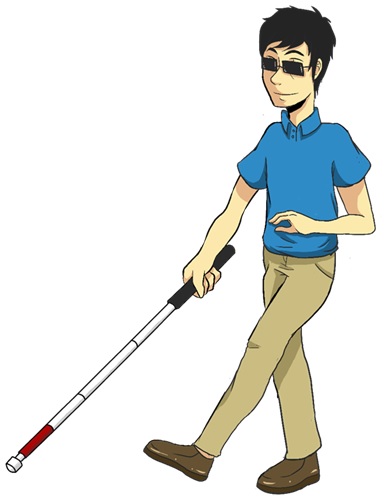
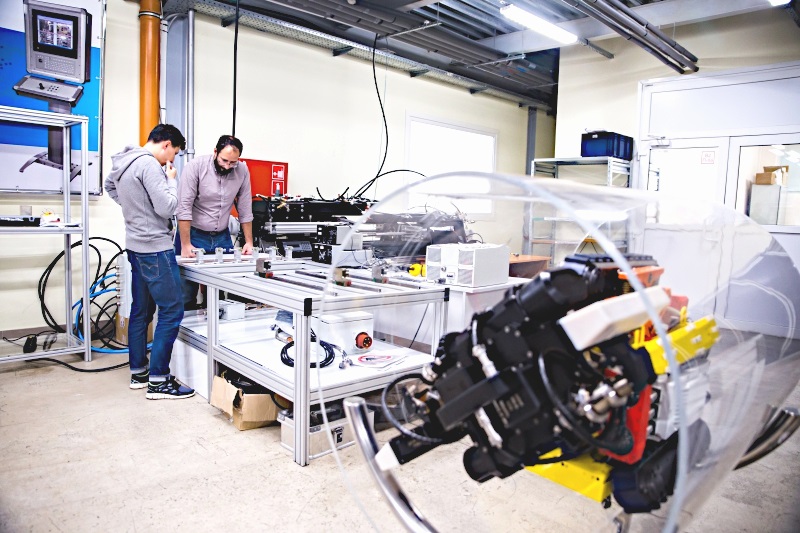



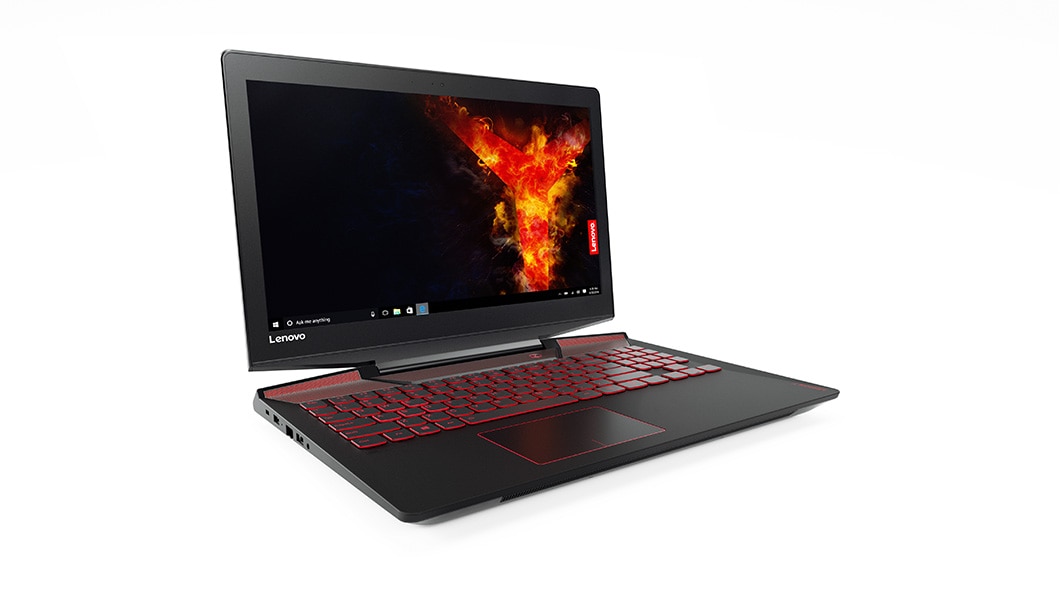
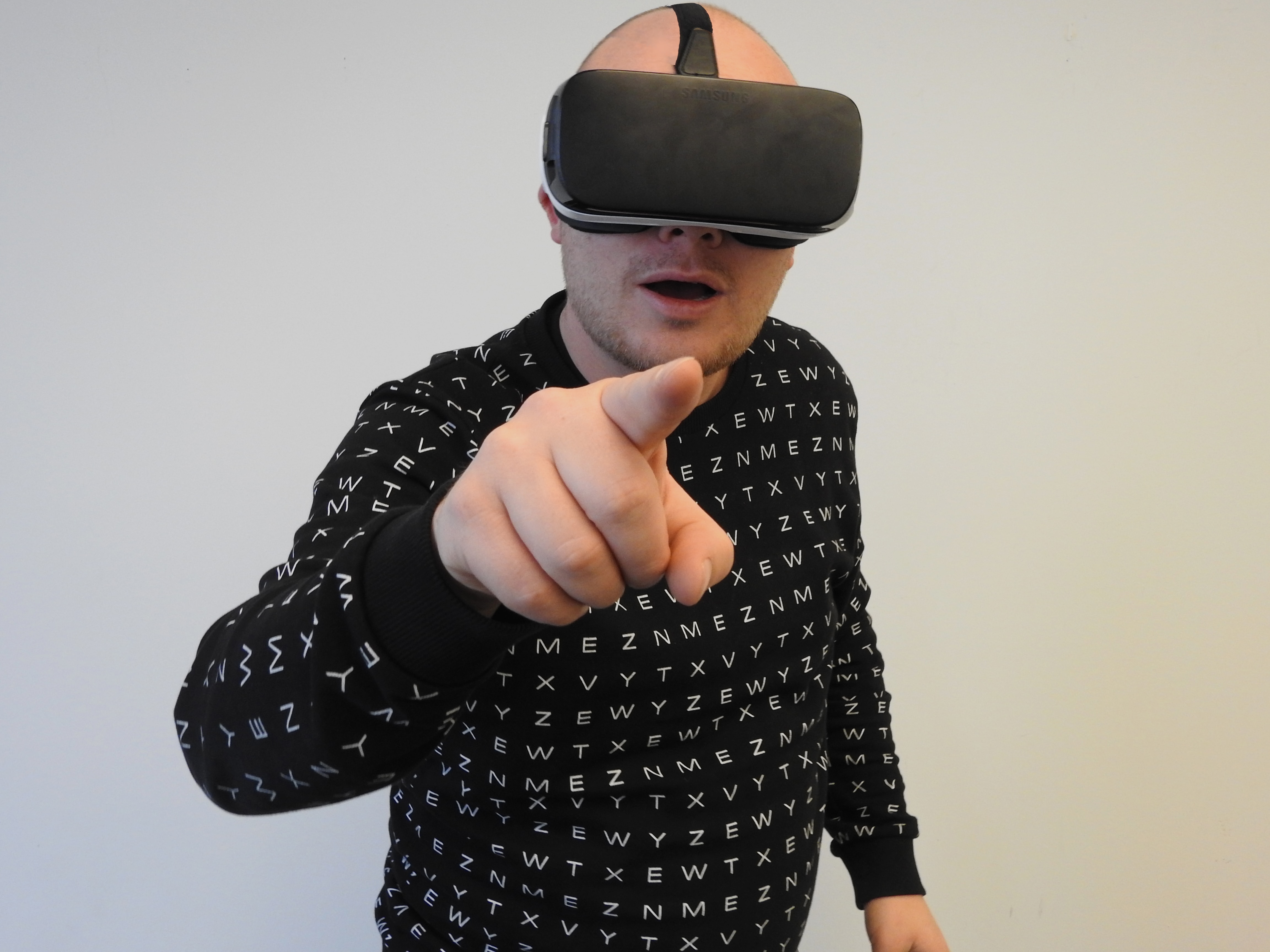
Virtual reality is on the rise these days. The equipment that was previously the exclusive preserve of crazy scientists geeks with big money from the Ministry of Defense back in the The Lawnmower Man days, is currently affordable for ordinary people; those whose pockets are empty, can assemble a VR headset from cardboard and a smartphone according to many recipes.
BigInt data type just 29 short days later!!! Remember, we’re outside Seattle, pretty far north, so our winter days are really short.BigInt type in December.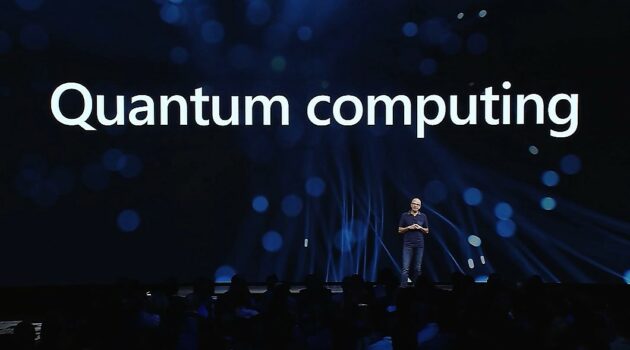

There exist two main functions of WebRTC operation on the server side in the field of streaming video: publishing and playing. In the case of publishing, the video stream is captured from the web camera and moves from the browser to the server. In the case of playing, the stream moves in the opposite direction, from the server to the browser, is decoded and played in the browser’s HTML5 <video> element on the device’s screen.


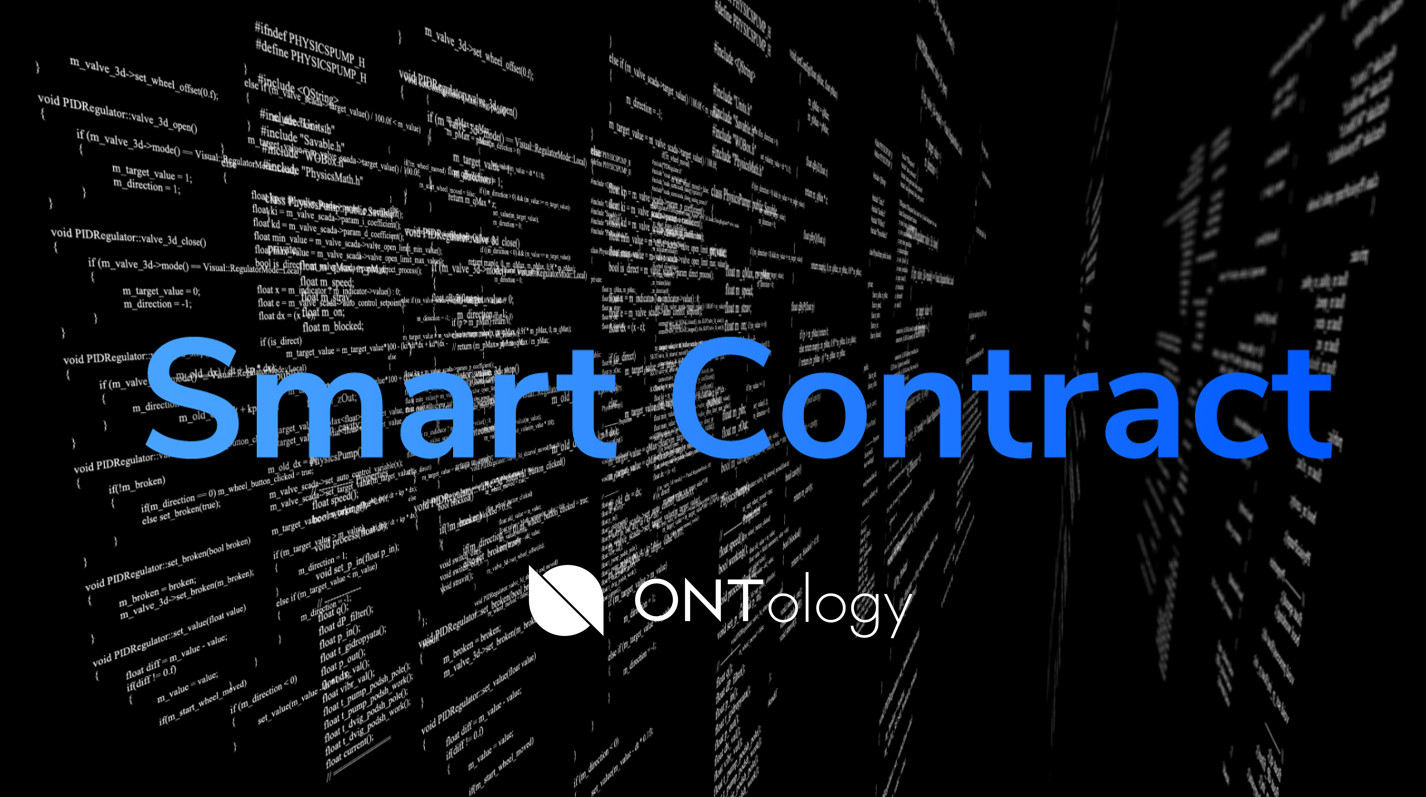
If you have no idea about the development architecture and mechanical/electrical design behind IoT solutions, they could seem like "having seemingly supernatural qualities or powers". For example, if you show a working IoT system to 18th century people, they'd think it's magic.This article is sort of busting such myth. Or, to put it more technically, about hints for fine-tuning the IoT development for an awesome project in solar energy management area.
A few months ago I came across one interesting open source project on the Internet — Openpose the aim of which is to estimate a human pose in real-time on a video stream. Due to my professional activities, I was interested to run it on the latest iOS device from Apple to check the performance and figure out if it is possible at all. It was also interesting to see how the performance of the neural network framework for iOS has been changed in the last years.
